Costa Rica has been regarded as one of the safest countries in Latin America for many years. That is why it is also one of the most visited! However, anytime you are traveling to a new place, it is good to take some precautions. In this post, we will discuss the safety in Costa Rica and the simple things you can do to keep yourself and your belongs safe.
Is Costa Rica safe?
In 2020, Costa Rica was moved form a Level 1 out of 4 Travel Advisory (Exercise Normal Precautions) to a Level 2 out of 4 Travel Advisory (Exercise Increased Caution), per the US Embassy. This is due to the fact that there has been an increase in crime in Costa Rica, including petty crime like theft and violent crime. That being said, violent crime is not widespread in Costa Rica. Most tourists will not be wandering around the dangerous parts of Costa Rica, and will not be at risk to this kind of crime.
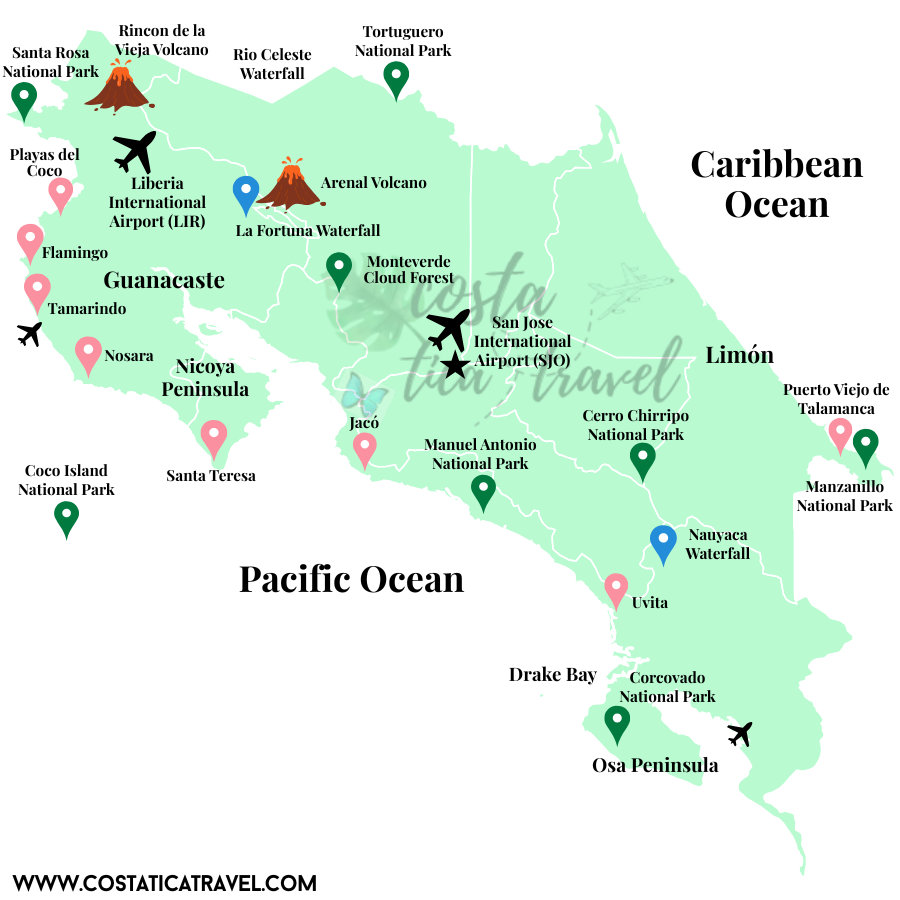

There are two areas in Costa Rica where dangerous crime is more common—in the capital city of San José and the city of Limón. It is important to recognize that San José is a large city. The most transited airport in Costa Rica (SJO) is named after San José, but that is no reason for concern. Not all of San José is dangerous and, ironically, the SJO Airport is not even in San José! In the same way, Limón is the name of an entire province in Costa Rica. The entire province is not dangerous, but Limón Centro (the city of Limón) is not a place I would send tourists.
The main day-to-day safety concern in Costa Rica is petty theft. Theft is more common here than in places like the United States or Canada. While you should always be aware of pickpockets when traveling, it is not as rampant in Costa Rica as in Europe, for example.
When it comes to safety in Costa Rica, there are some simple precautions you can take to protect yourself and your belongings.
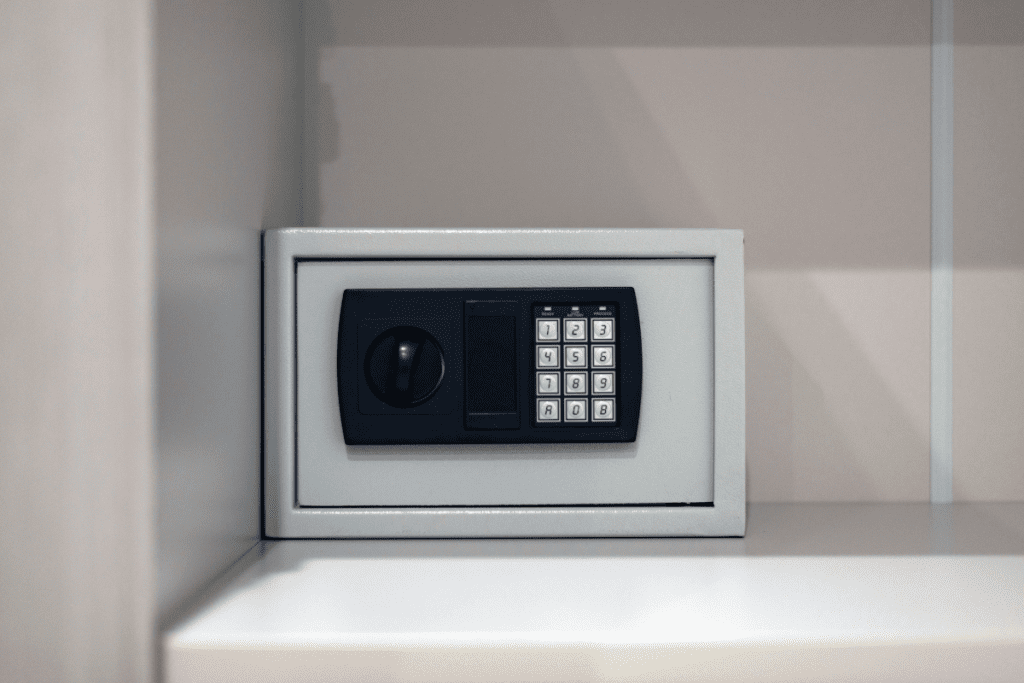

🔒 Keep your valuables locked up & out of sight.
The best place to leave valuables is usually in the safe of your locked hotel room. If you need to leave your things in your rental car, it’s best to leave them in the trunk where they are not visible from the outside of the vehicle.
🔒 Try not to put your wealth on display.
It’s best not to wear, or bring, your most expensive possessions to Costa Rica. I would advise against bringing a designer handbag, giant diamonds, a Rolex watch, etc.. These kinds of items can make you a target for theft. When I travel I like to use a set of waterproof jewelry that is not overly extravagant.
🔒 Avoid walking long distances in town or visiting the beach after dark.
As in any city, when it gets dark out it can get more seedy. It is best to not walk alone, or in small groups, at night in Costa Rica. It is also advised to not visit the beach after dark.
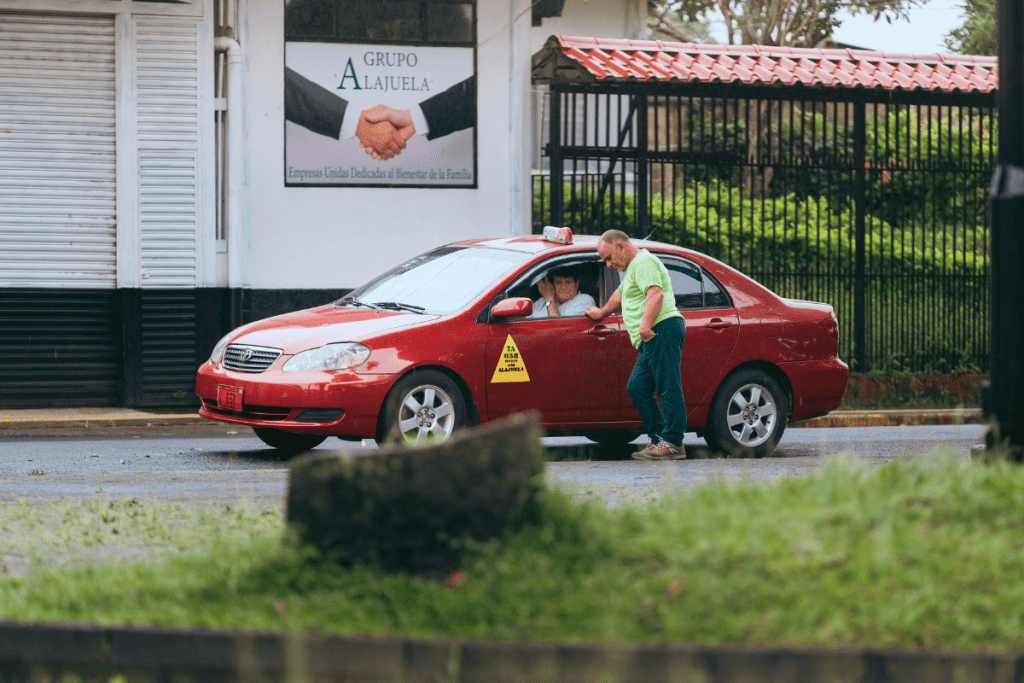

🔒 If you’re traveling in taxi, it’s better to go with the official red taxis.
Official taxis in Costa Rica are red with yellow triangles on the side (similar to how cabs are yellow in New York). Try to stick to these labeled taxis when traveling. If you do ride with a taxi pirata (these are usually more rustic cars with a driver who is not an official taxi driver), be sure that he or she is recommended by a trusted source, such as your Airbnb host or hotel. However, I always recommend travelers rent a car for complete independence and flexibility when traveling in Costa Rica.
🔒 Pay the “guardacarros” when parking your car in a public parking lot.
Many parking lots in Costa Rica will have a “guardacarros”. This person is usually the self-appointed parking lot security guard, a common practice in Costa Rica. He or she may be wearing an orange vest and may approach you after you park. This is to let you know that they’ll watch your car for you, in exchange for a few coins. Again, this is a very normal practice in all of Costa Rica that Costa Ricans gladly accept. Although “guadacarros” are trustworthy to take care of your car, it is always best to pay them after. I usually give at least 500 colones (about 1 dollar).
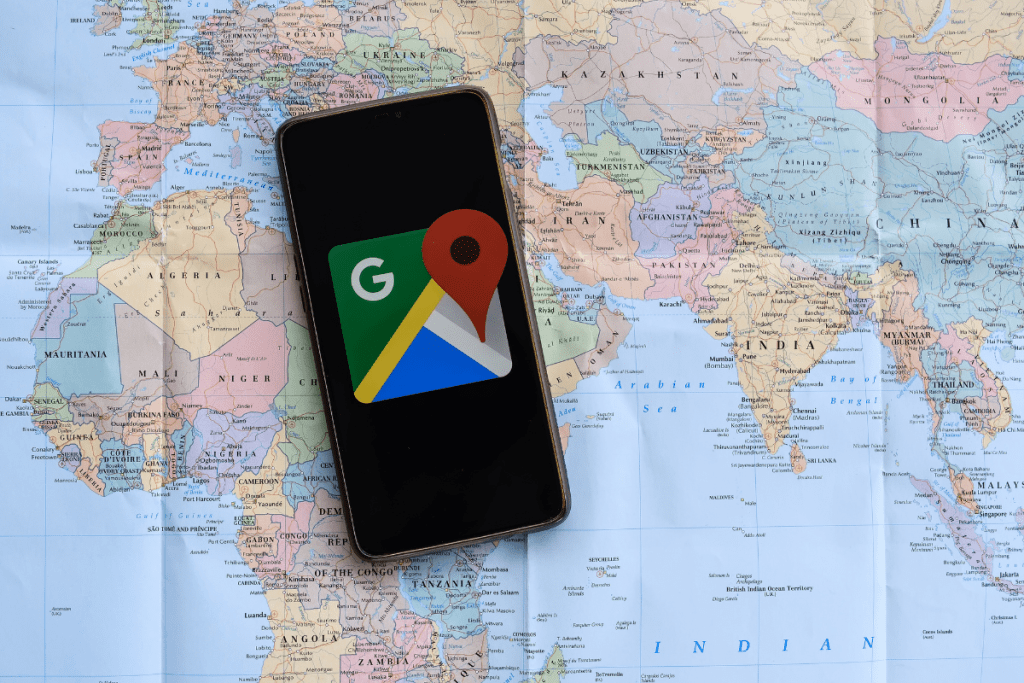

🔒 Use Google Maps for directions in Costa Rica.
Waze and Google Maps are both widely used in Costa Rica. Apple Maps may work in some places, but not anywhere even slightly off the beaten path. I’ve had the best luck with Google Maps, no matter where I go in Costa Rica! Waze is another trusted navigation app. It seems to work better in the Central Valley (San José and Heredia) of Costa Rica than even Google Maps.
🔒 Do not place your belongings in the overhead compartments of buses.
When traveling with public transportation, it is best to always be aware of your surroundings and to keep an eye on your belongings. If you are taking a bus, it is not advised to put your bags in the overhead compartments. I would also be aware of your things when traveling in any shared transportation like a shared shuttle.


🔒 Be aware of your surroundings in bars or clubs.
As in any country, be aware of your surroundings on your night out on the town! Keep an eye on your drink and do not leave it unattended.
🔒 Keep your windows up when driving in San José
Despite the crime in San José, the capital is still one of my last recommendations for people coming to visit Costa Rica. While there is a historical aspect and cultural significance to the city, other than the National Museum, National Theatre, and the Central Market, there are not a ton of “must-see’s”.
If you do end up visiting the city of San José, keep the windows of your car up. It has become common that people snatch phones from cars that have their windows down.
🔒 Be wary of scams on Facebook Marketplace, phone calls, and texts.
If you live in Costa Rica, Facebook Marketplace can be a great resource to you, but there are certain precautions you must take when buying and selling things online. Both buyers and sellers on Facebook Marketplace are frequent targets of some rather intimidating scams. Although these kinds of scams do not usually amount to any kind of violence, they are generally well orchestrated.
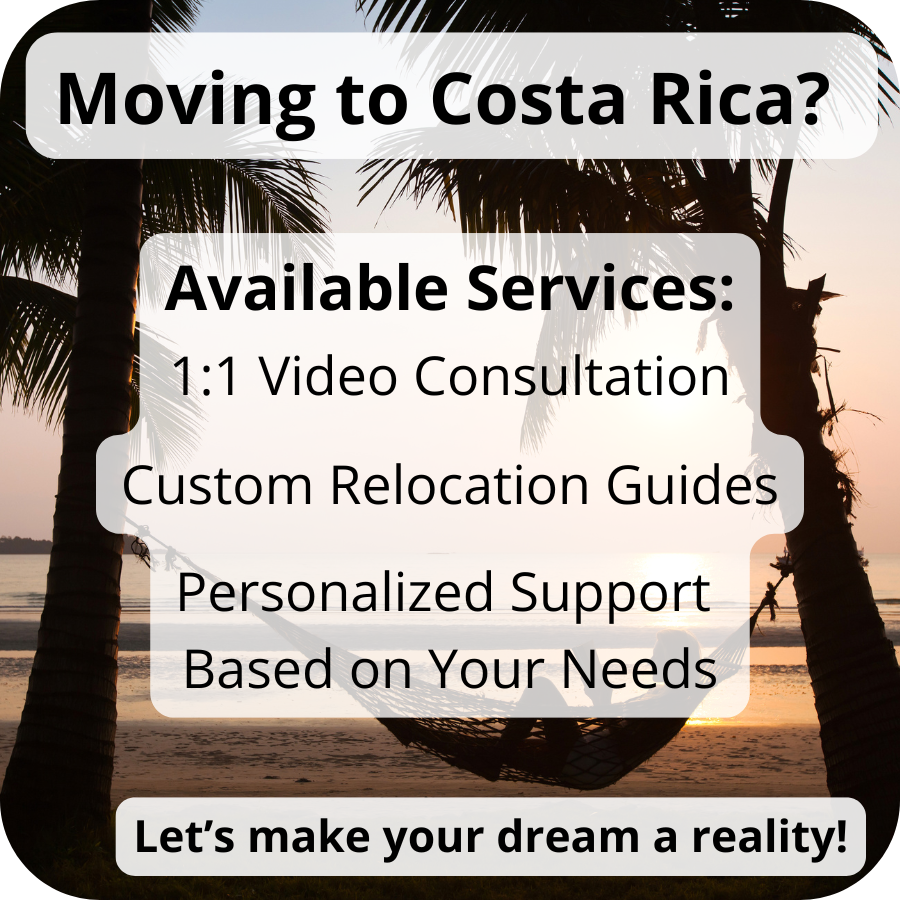

There are certain things you can do to make sure you do not put yourself in harm’s way. If you are using Facebook Marketplace, keep your Facebook on private. This ensures that bad intentioned people do not find out intimate details about your life. When buying or selling items do not share where you live or your home address. Be sure to meet in a public place during the daytime, and come with other people. Do not pay someone until you receive the item you wish to purchase. These kinds of scams generally involve intimidating you with their knowledge of personal details of your life so that you pay a large amount of money or fast talking you to pressure you into making a decision. Facebook Marketplace is still a great tool, but there are some easy and logical precautions you can take to stay safe!
Final Thoughts on Staying Safe in Costa Rica
Despite all of the precautions mentioned in this post, Costa Rica is still a very safe country! However, anytime we are traveling it is important to be more cautious. Whether you are coming to Costa Rica for a quick trip, or you are relocating, these simple precautions can ensure you enjoy this beautiful country to the fullest.
